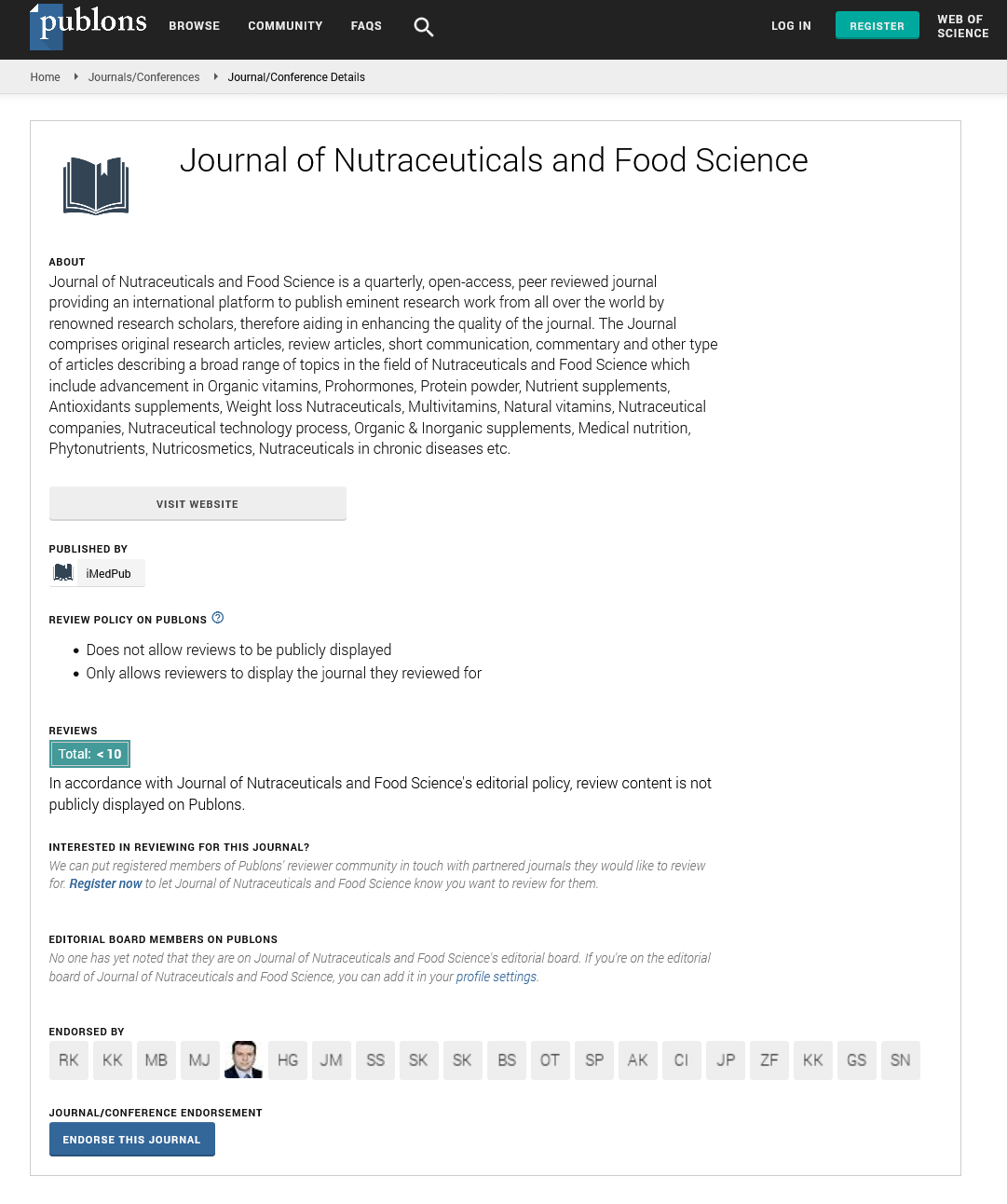Abstract
Determination of Caffeine Content in Several Over-the-Counter Energy Supplements
Background: Caffeine consumption continues to escalate and purchases of caffeine-containing beverages are increasing. The widespread availability of caffeinated beverages along with numerous caffeinated supplements creates concerns for significant adverse outcomes from overconsumption of caffeine. Despite labelling with caffeine content on packaging, over-the-counter (OTC) supplements are not required to validate actual caffeine content. When caffeine is derived from a natural source the amount of caffeine may be difficult to standardize and quantify. Therefore, there is a need to accurately measure the actual amount of caffeine content in OTC supplements available at local retailers.
Methods and Findings: A high pressure liquid chromatography method to determine caffeine concentrations was developed. The caffeine content in three OTC supplements (Hydroxy-Cut, Black Jax, and Swarm) were measured. A standard curve was created and utilized to determine caffeine concentrations using area under the curve data.
Results and Discussion: Of the three supplements tested a higher than stated caffeine concentration was routinely detected in Hydroxy-cut samples with an average concentration 20% above what is stated on the product labelling. Black Jax and Swarm were roughly at or below the ± 10% threshold required by the United States Pharmacopeia for stated content.
Conclusion: Stated caffeine content on OTC supplements described as being energy boosters or weight loss supplements may or may not be as labelled. Consumers and health care workers should be aware that caffeine content may vary from product to product especially if the source of caffeine is difficult to quantitate.
Author(s):
Richard W Dudley, Blain S Patrick, Daniel J Weiland and Sandra B Earle
Abstract | Full-Text | PDF
Share this

Google scholar citation report
Citations : 393
Journal of Nutraceuticals and Food Science received 393 citations as per google scholar report
Journal of Nutraceuticals and Food Science peer review process verified at publons
Abstracted/Indexed in
- Google Scholar
- Publons
- Secret Search Engine Labs
Open Access Journals
- Aquaculture & Veterinary Science
- Chemistry & Chemical Sciences
- Clinical Sciences
- Engineering
- General Science
- Genetics & Molecular Biology
- Health Care & Nursing
- Immunology & Microbiology
- Materials Science
- Mathematics & Physics
- Medical Sciences
- Neurology & Psychiatry
- Oncology & Cancer Science
- Pharmaceutical Sciences


